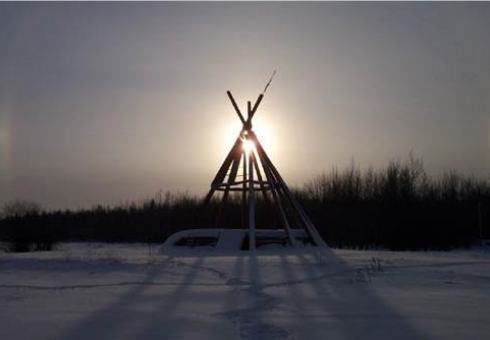Building a vision: what do you want to achieve?
Your vision is an expression of what you hope to achieve through your Indigenous Guardian program. When you look into the future, what will your program be doing and what impact will it have? A well-developed vision can guide your program over time, reflect your community’s priorities, and connect your work to the broader goals of your community, organization or Nation. Aim for your vision to be ambitious, inspiring and focused on the future. Aim for it to also be grounded in reality.
"Building a Dehcho Stewardship Vision" provides a great example of a thoughtful and community-driven process to build a vision for stewardship and guardian work on Dehcho lands.
See below for a Tipsheet on Questions to Answer Before you Develop a Vision and a Tipsheet on Considerations for Building a Vision:
